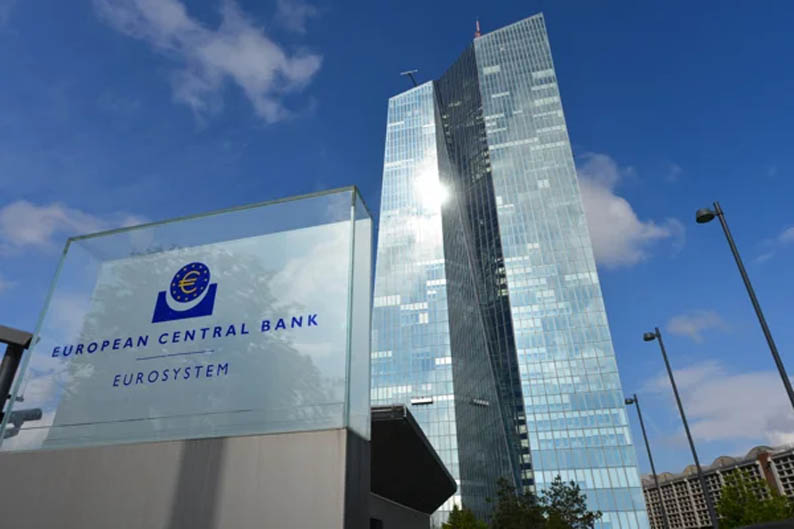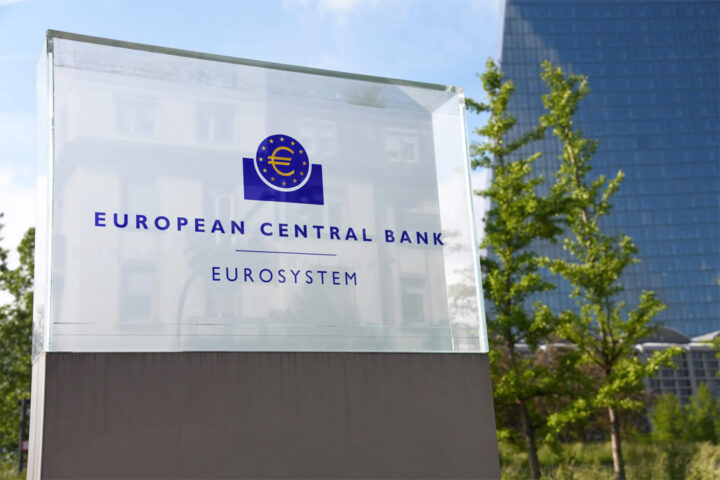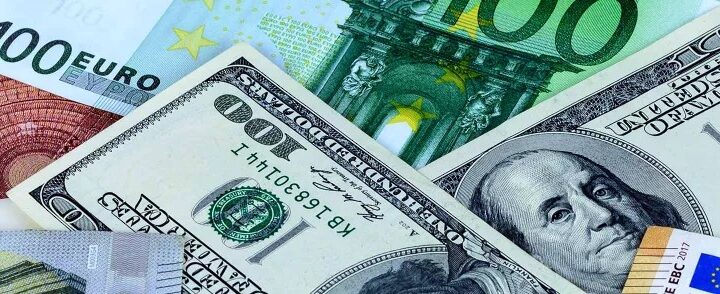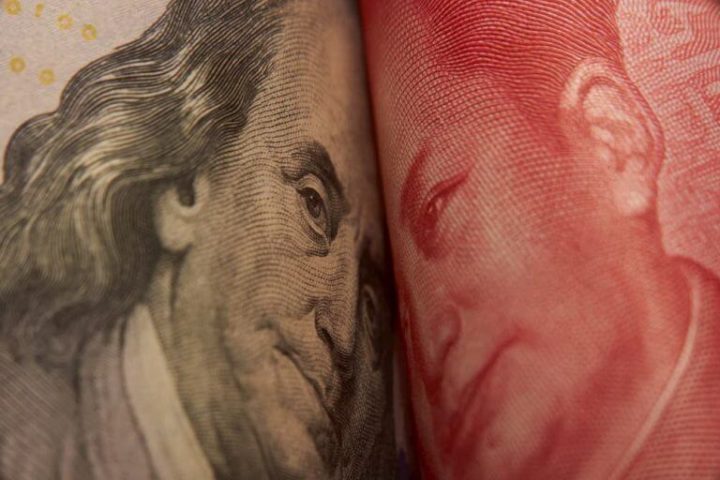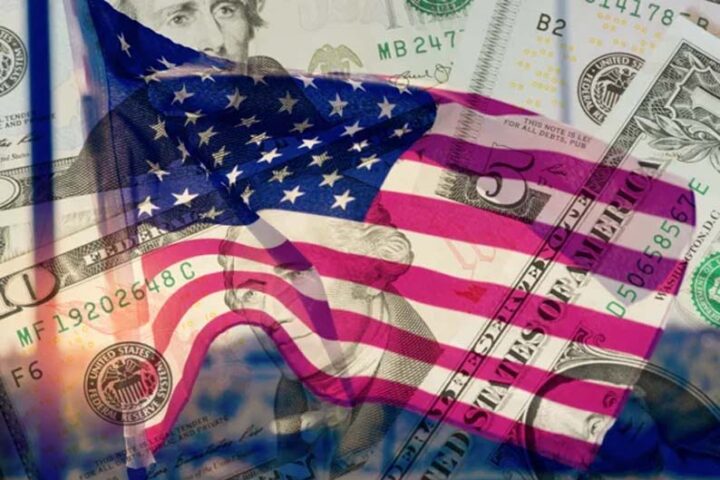The EURUSD currency pair demonstrates strength around 1.0800 in Thursday’s European session ahead of the European Central Bank’s monetary policy decision, later in the day.
The ECB is widely anticipated to reduce its deposit facility rate by 25 basis points (bps) for the fifth time in a row, pushing it lower to 2.5%. The main refinancing operations rate is also expected to be slashed by 25 bps to 2.65%.
Therefore, investors will pay close attention to the monetary policy statement and ECB President Christine Lagarde’s press conference after the interest rate decision to get fresh cues on the monetary policy and the inflation outlook.
Lately, traders have pared bets supporting the ECB to cut interest rates twice more by the summer as Germany’s likely next chancellor, Frederich Merz, and the Social Democratic Party (SDP) agreed to create a €500 bln infrastructure fund and stretch borrowing limit on Tuesday.
Investors expect such reforms could escalate inflation and stimulate economic growth in the German economy, the locomotive of the Eurozone.
Market participants will focus on Christine Lagarde’s commentary on the consequences of potential tariffs from the US. Experts believe that Donald Trump’s tariffs could weigh on the shared continent’s economic outlook, which is already fractured due to weak demand from domestic and overseas markets.
Investors are uncertain over the degree of tariffs to be proposed by US President Trump on products made in the Eurozone. Germany is a major exporter of cars to the US.
The US charges a 2.5% levy on the import of German cars, while the Eurozone takes 10% duty. Till now, Trump has threatened to impose 25% levies on foreign automobiles and introduce reciprocal tariffs soon. Investors seek whether the US will impose 10% or 25% tariffs on German cars.
The DXY Dollar Index, which tracks the greenback’s value against six major currencies, extended its losing streak for the fourth trading day sliding to near 104.00, the lowest level seen in four months.
Investors expect the trade war led by US President Trump won’t be as disruptive as they had previously anticipated, resulting in a decline in the US Dollar’s risk premium.
On Wednesday, commentaries from White House press secretary Karoline Leavitt indicated that President Trump is allowing a one-month exemption of 25% tariffs on automobiles from Mexico and Canada, which he imposed on Tuesday.
He is also considering providing an exemption for some agricultural products.
Meanwhile, soft US private employment data has also contributed to weakness in the US Dollar.
The ADP reported on Wednesday that the US private sector added 77,000 fresh workers, lower than estimates of 140,000 and the former release of 186,000. Soft labour demand in the US private sector is expected to prompt Fed dovish bets, which have already increased lately.
According to the CME FedWatch tool, the probability of the Fed cutting interest rates in the June meeting has increased to 76% from 70% a week ago. For more clues on the current employment status, investors will focus on the US nonfarm payrolls (NFP) data for February, published on Friday.
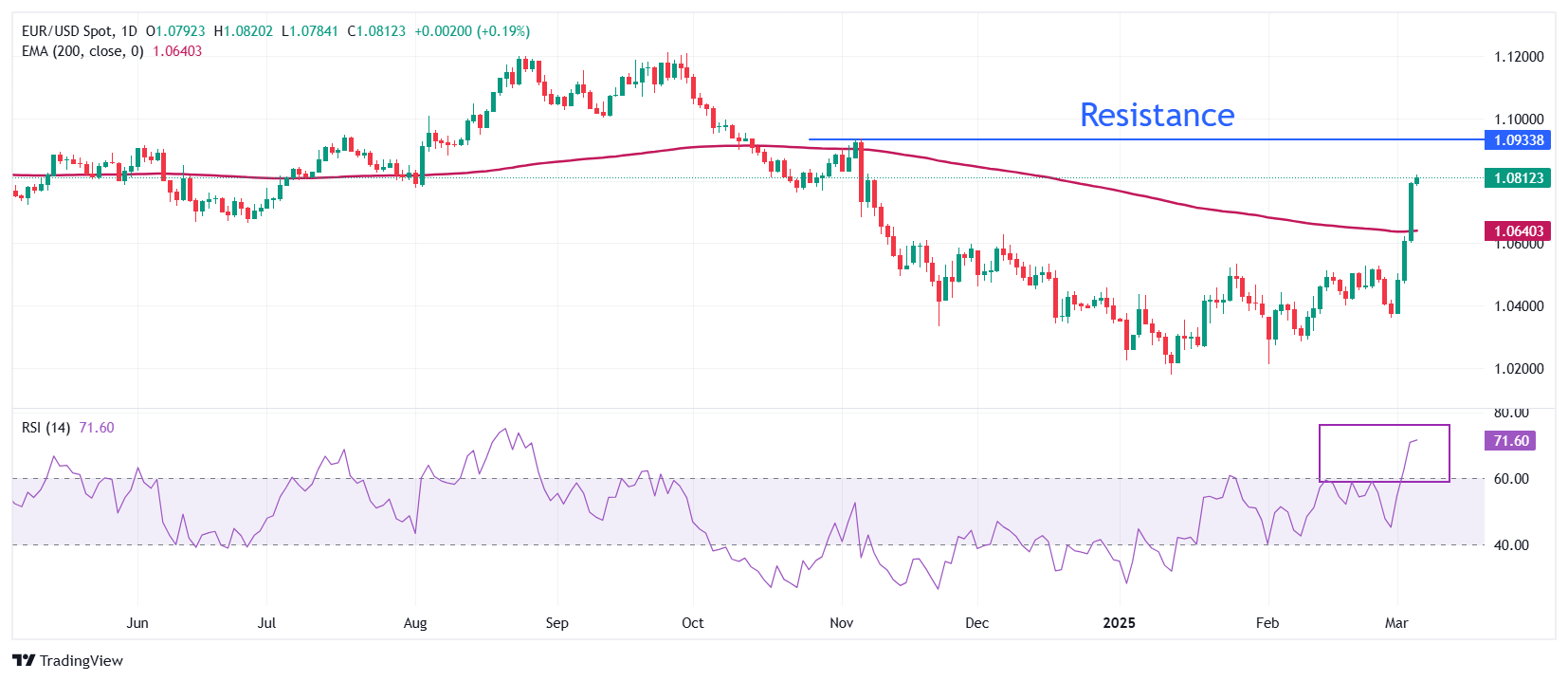
EURUSD chart by TradingView
(Source: OANDA)

